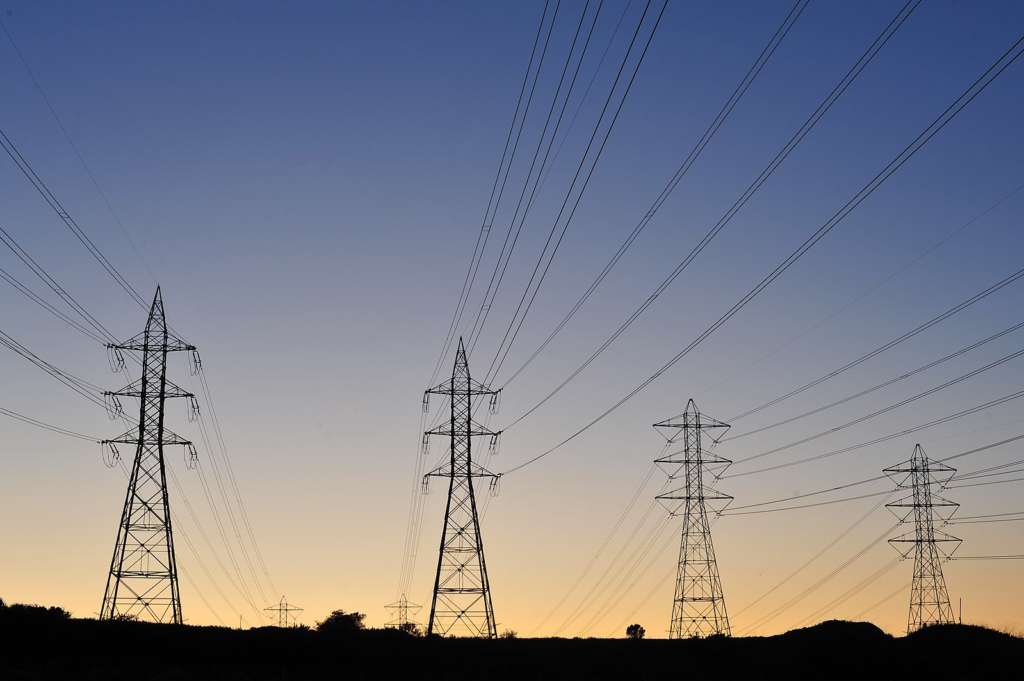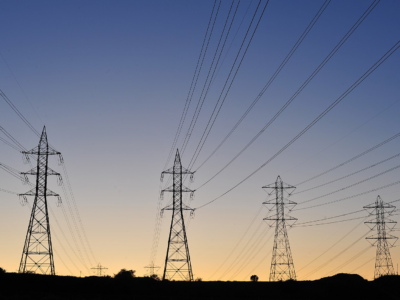Hey there, folks! Let’s talk about something that’s sparking a lot of interest out West – electricity market regionalization. Picture this: a bunch of states teaming up to buy and sell power in a way that’s smarter, cheaper, and cleaner. That’s what’s on the table, and it’s looking more tempting by the day.
Why Regionalization is Lighting Up the West
So, what’s the big deal with regionalization? It’s all about getting Western states to play nice together in the sandbox of energy markets. We’re talking about a system where states coordinate to trade wholesale electricity through these big centralized hubs called Regional Transmission Organizations, or RTOs. These RTOs are like air traffic controllers for the power grid, making sure everything runs smoothly and efficiently.
Right now, the California Independent System Operator (CAISO) is the lone ranger RTO in the West, covering most of California and a slice of Nevada. But CAISO isn’t content to ride solo – it’s stretching its arms across more Western territory, bringing other states into the fold.
CAISO’s Expansion: A Step Towards a Unified Western Energy Market
Back in 2014, CAISO expanded its real-time market, letting utilities snag bits of electricity on the fly to keep up with the ebb and flow of customer demand and power generation. And now, CAISO’s got its eyes on a bigger prize – expanding its day-ahead energy market, which is like a crystal ball that lets utilities see and buy the power they’ll need for tomorrow. Expect that to be up and running by 2026.

But why stop there? Western states are dreaming bigger, working on a blueprint for a brand spanking new multi-state RTO. It’s all part of something called the “West-Wide Governance Pathways Initiative.”
The Bright Side of a Broader Market
Studies are showing that spreading these federal power markets across a wider Western expanse could be a game-changer. It’s not just about flipping switches and plugging in cords – we could see better grid reliability, lower bills for folks at home, and a big boost for clean energy, all without having to build new power plants or lay down more cables. We’re talking about saving up to $1.2 billion a year and cutting carbon emissions by the truckload – think taking over half a million cars off the road.
And if we go all-in with a full-blown multi-state RTO? The savings could be through the roof – nearly eight times what we’d save with just a day-ahead market.
Clean Energy Goals: A Tailwind for Regionalization
With states like California, Washington, and New Mexico gunning for 100% clean energy by 2045, and others like Oregon setting tough greenhouse gas reduction targets, regionalization isn’t just a nice-to-have – it’s getting pretty darn crucial. This whole team effort in the energy market could be the assist these states need to slam dunk their renewable energy goals.
But, as always, there’s a choice to make. States need to figure out if they want to jump into the expanding CAISO markets or hold out for this potential future RTO.
The Flip Side: Legal and Policy Risks of Regionalization
Now, regionalization isn’t all sunshine and rainbows. There’s some legal and policy static that states have to tune into. Joining CAISO or any RTO means playing by the rules of the Federal Energy Regulatory Commission (FERC), and that could mean less home-court advantage for states when it comes to electricity policies.
States are scratching their heads, wondering if they’ll have to give up the driver’s seat in their own energy sectors. For example, hopping into these federal markets might mean state laws could get steamrolled by Uncle Sam’s rules.
Assessing the Risks: Autonomy, Policy, and Preemption
I’ve got a paper coming out that digs into what it really means for states to cozy up with federal regional markets or a multi-state RTO. After poring over 400 FERC and federal court cases, I’ve spotlighted three big risks to state authority:
- Policy risk
- Autonomy risk
- Preemption risk
But here’s the kicker: none of these risks seem to be deal-breakers.
Policy risk is the one to watch, since there have been some federal market rules that put a damper on state clean energy efforts. But these rules have mostly stuck to capacity markets, not energy markets, and the West isn’t too keen on capacity markets anyway. So, the threat to state clean energy policies? Not so high.
Autonomy risk is more of a maybe-problem. Federal rules say that newfangled electricity resources like batteries and distributed energy resource groups have to be able to tap into the federal markets. States can’t block them, but they can still push their preferred energy sources in plenty of other ways. So, this risk? Also not too scary.
Preemption risk is the least of the worries. Sure, there’s a chance that state policies that mess with wholesale market operations could get squashed by federal authority. But states that aren’t in the federal market game probably don’t have policies that would get them in hot water. And those that are playing already have their eyes peeled for these risks. The bottom line? The risk of the feds stepping on state toes hasn’t really spiked.
Conclusion: The Verdict on Western Regionalization
After all the number-crunching and case-studying, the takeaway is this: Western states aren’t in much danger of losing their grip on their energy decisions by joining CAISO’s markets or a future RTO. Sure, each state’s got to do its own homework on the risks, but odds are they’re not going to outweigh the upsides – think better grid reliability, happier ratepayers, and a win for the climate.
So, there you have it, folks. That’s the lowdown on the high stakes of electricity market regionalization out West. It’s an electrifying time for energy policy, and the West might just be leading the charge.
And just to keep things official, I’m Kelly Cook, a law student at Berkeley, and I’m all about digging into this stuff. Stay tuned for my full paper for all the nitty-gritty details.
Did you miss our previous article…
https://pardonresearch.com/?p=3571
